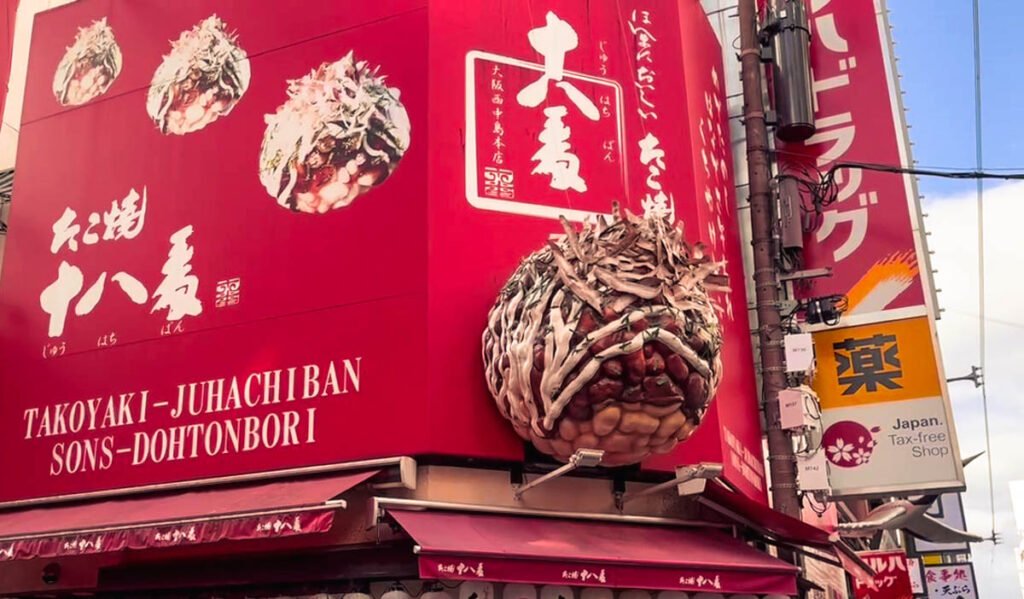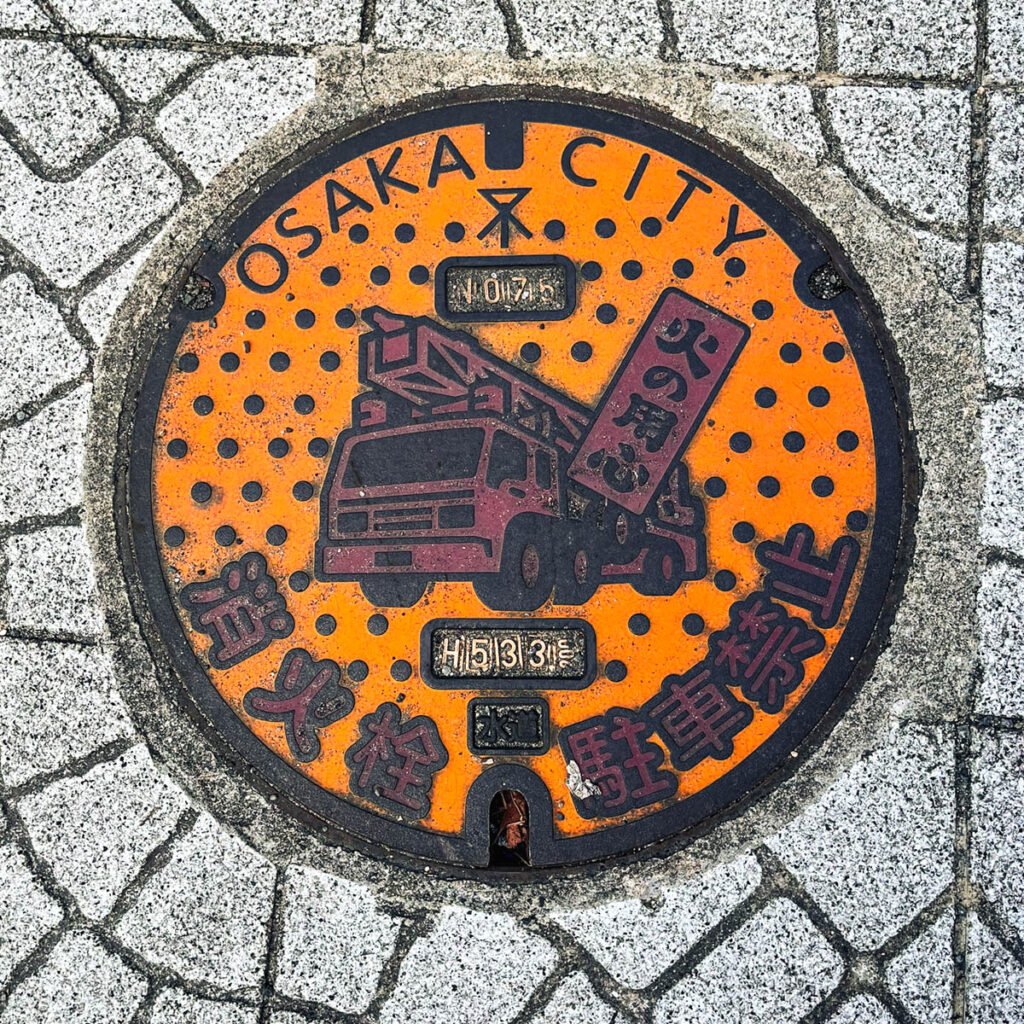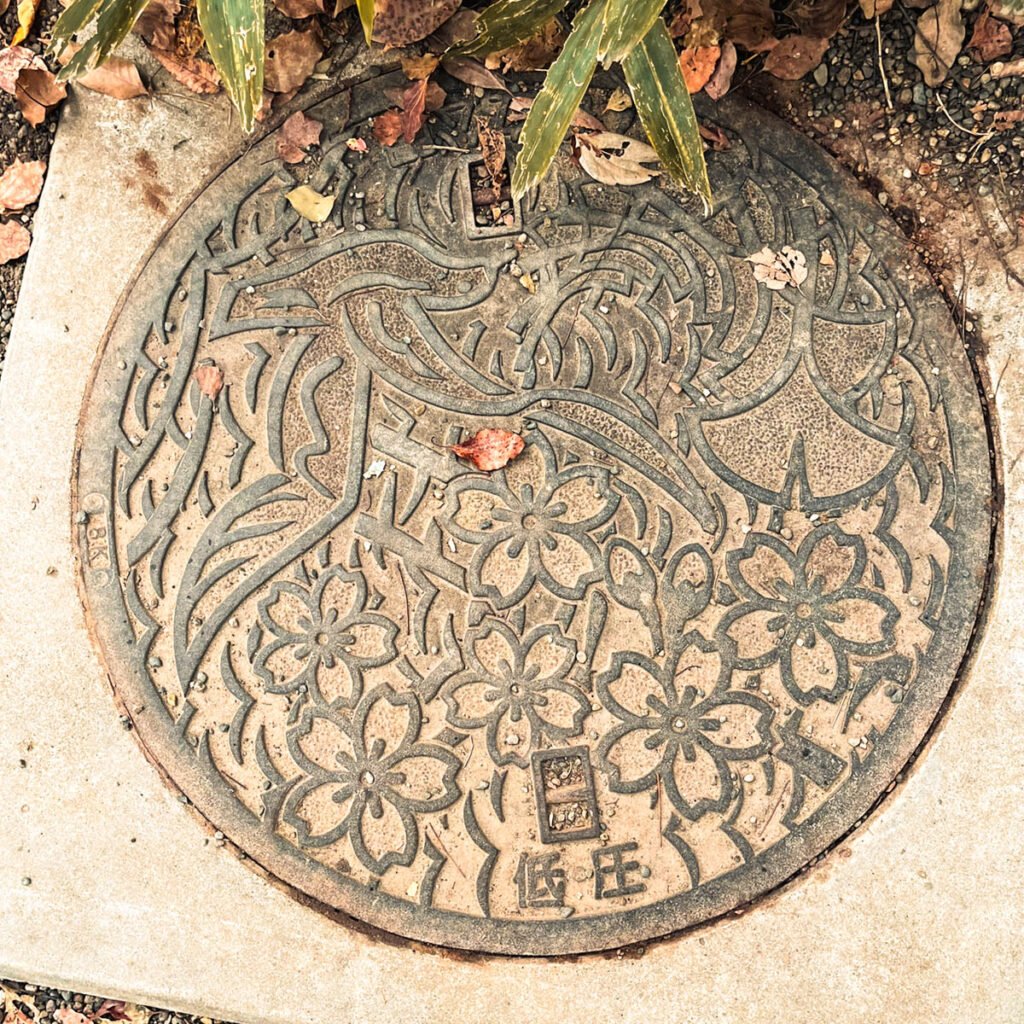As an artist, I've come to realize there's a big difference between drawing what you think you see and capturing what’s truly there. This requires the ability to really look at your subject. For example, you might “know” a building is simply a large rectangle, but when you truly observe it, you notice subtle details—like an inset wall—that, if missed, make the drawing feel “off.” Or consider color: you know an apple is red, but when you look closely, you see the shadowed areas shift to a shade of magenta, and using only dark red would make the apple seem unrealistic.
Can this same concept apply to writing? I believe it does. On my recent trip to Japan, I decided to test this theory by intentionally leaving my laptop behind. Instead of writing, I focused on observing. Rather than creating, I chose to absorb. The goal? To see how these new experiences and perspectives might influence my creativity in unexpected ways.
Cultural and sensory observations for worldbuilding
In Osaka’s lively Namba district, one of the first things to catch my eye was the array of 3D storefronts. Unlike the typical flat signs and logos, the shop entrances were alive with giant lucky cats, sea creatures, and other playful objects extending out above the doors. Immediately, I imagined how this visual language could translate to a fictional marketplace on an alien planet. Imagine a shopping hub where travelers from across the galaxy congregate, each species with its own spoken language. On this world, visual elements—perhaps even 3D holograms—serve as universal markers, signaling what each shop offers.




As I wandered the marketplace, I was struck by another vivid sensory experience—the aromas. Although it was late morning and the restaurants hadn’t yet opened, the air was full of scents: fried foods, seafood, and the sweet warmth of grilling sauces blended into an enticing tapestry. I thought about how this scene could translate to a fictional market, with scents that appeal to the unique tastes of alien species. Perhaps a freshly cut grass scent would lure in a herbivorous species, while the perfume of a rare orchid might appeal to an insectoid race.
Creating these layers of sensory experience helps immerse readers fully in a world, allowing them to almost smell the scene as they read. Thinking through the olfactory landscape alongside visuals is a small shift in perspective that can add an unexpected richness to storytelling.
While taking in the area, I noticed shop employees preparing for opening—one vacuuming the welcome mat, another polishing the glass doors. It got me thinking: What would pre-opening routines look like for alien shopkeepers? Would they prepare specialized environments or offer ritualistic greetings to their customers? These everyday tasks bring a certain familiarity to even the most otherworldly setting, grounding readers in a way that helps the fictional feel relatable. Small, recognizable actions like these are an easy way to build realism and give readers a way to connect with a fantastical world.
Another curious detail I noticed all over Japan was the artistic manhole covers, unique to each city and sometimes even each district. They brought to mind the idea of district identification through design—perhaps in a city of a fictional world, every neighborhood has its own distinct doors or gates, making it easy to tell at a glance where you are. In a culture that values beauty or craftsmanship, even the functional elements could be decorative, transforming the ordinary into markers of place and belonging. Describing these kinds of details can help readers feel oriented within a fictional world and bring depth to its sense of place.




Inspiration from everyday processes
One of my most productive sources of inspiration on this trip came from the countless moments of waiting for public transport. Japan has a highly efficient system for managing crowds, from customs processes in ports to ticket lines at train stations. I found myself imagining how this might look in an intergalactic spaceport, a setting where travelers from multiple species are shuttled from one world to another with similar order and efficiency.
As I waited, I couldn’t help but notice how people filled the time—chatting with friends, entertaining children, or reading on their devices. It made me wonder: What would two friends from a water world chat about while standing in a line on a desert planet? How would a mother manage a breathing device for a child as they queued in an alien environment? The simplest, most relatable actions can add warmth to a story, showing how even alien characters share familiar needs and moments. I also considered how these characters might stay occupied in line. Would they use gadgets similar to our phones, or would they access information directly through neural links, appearing to stare into space? By thinking through these everyday details, it’s possible to add unique touches that bring fictional scenes to life, adding texture to the world’s routine rhythms.

Takeaways from my experience
This trip reminded me of the power of observation as a creative tool. By setting aside writing and drawing, I could focus purely on taking in new experiences and sensory details that can add depth to my work. Rather than filtering my perspective through familiar portrayals, I can build on what I actually experienced, creating settings that feel truly my own.
For any creator, whether writer, artist, or musician, stepping back to absorb the world can unlock new layers of inspiration. The smallest details—how people interact, the subtle routines of opening a shop, or the unique designs embedded in city infrastructure—can provide fresh material for a project and elevate it with authenticity. Whether exploring unfamiliar cultures or observing the everyday around us, this act of watching with intention invites a fresh dimension of richness to the creative process.
If you’d like to try this for yourself, set aside regular time to simply observe. Take a walk through a neighborhood, visit a market, or sit quietly in a public space and take note of what you see, hear, and smell. The insights you gather will give your writing an authentic basis and bring scenes to life with a unique touch. I hope my experiences in Japan inspire you to try the same—to let observation and curiosity fuel your art in unexpected and delightful ways.




